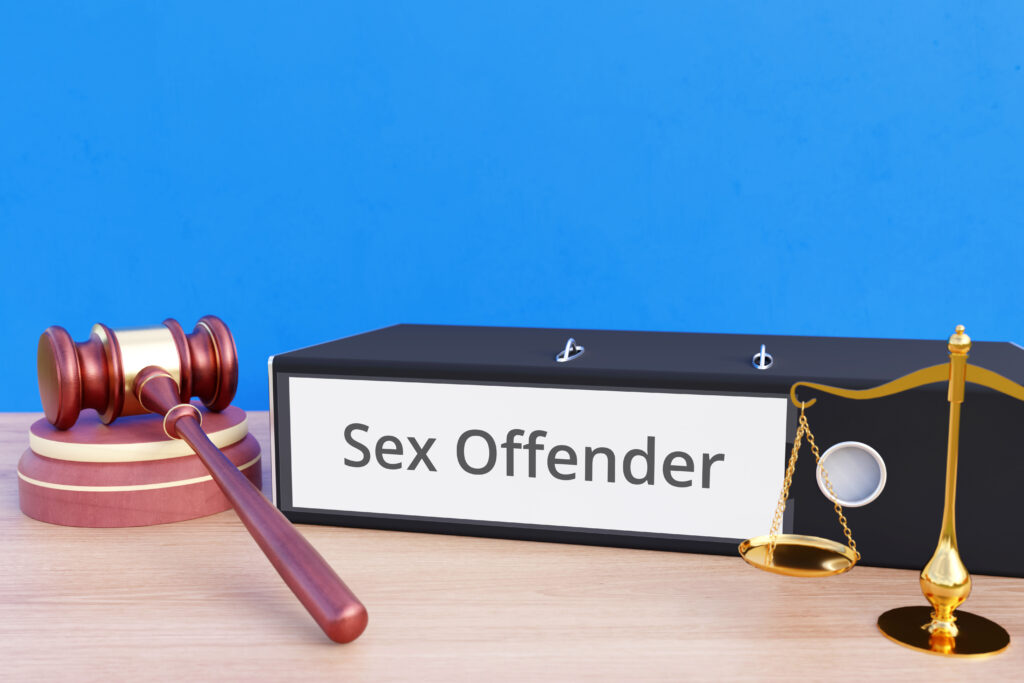Ending the Era of Mass Incarceration: A Call for Reform and Renewal

America’s approach to criminal justice is broken. At the heart of this dysfunction is mass incarceration, a system that has not only failed to achieve its goals of enhancing public safety but has also inflicted profound harm on communities across the nation. It’s time for a comprehensive reassessment and reform of this punitive system that costs billions yet delivers little in return.
The Staggering Scale of Mass Incarceration
“America incarcerates more people than any other country in the world,” notes the American Civil Liberties Union. This is more than just a statistic; it’s a clear indication of a deeply flawed justice system. As of 2021, the United States has an incarceration rate of approximately 639 per 100,000 people, far outstripping other major nations. This approach to criminal justice costs taxpayers about $81 billion annually, according to the Prison Policy Initiative.
Disproportionate Impact on Communities of Color
The racial disparities in the prison system are alarming. The NAACP reports that African Americans are incarcerated at more than 5 times the rate of whites. These disparities can be traced back to policies such as the War on Drugs, which disproportionately targeted black and Latino communities. As Michelle Alexander, author of The New Jim Crow, points out, “We have not ended racial caste in America; we have merely redesigned it.”
Economic and Social Consequences
The economic impact of mass incarceration extends far beyond the cost of keeping individuals behind bars. Formerly incarcerated people face significant barriers to employment, which in turn affects their economic stability and reintegration into society. A study by the Brookings Institution found that the median earnings of people before incarceration were $19,185, which is 41% less than non-incarcerated people of similar ages.
The social consequences are equally dire. “Children of incarcerated parents are significantly more likely to be arrested, develop substance use disorders, and drop out of school,” according to a report by the Annie E. Casey Foundation. This perpetuates a cycle of poverty and incarceration that can affect communities for generations.
Ineffectiveness as a Deterrent
The intended purpose of mass incarceration — to deter crime — has also fallen short. Studies have repeatedly shown that high incarceration rates have a minimal effect on crime reduction. The National Institute of Justice has noted that increasing the severity of punishment does little to deter crime. Instead, it often hardens criminals, making them more likely to reoffend upon release.
The Path Forward: Reforms Needed
The case for reform is clear and urgent. The first step is to eliminate mandatory minimum sentences for nonviolent offenses, which would reduce the prison population and lessen racial disparities. We should also expand alternatives to incarceration, such as drug treatment and mental health programs, which address the root causes of criminal behavior more effectively than incarceration.
Enhancing rehabilitation programs within prisons is also crucial. Providing education, vocational training, and re-entry support can significantly reduce recidivism rates. As stated by the RAND Corporation, inmates who participate in educational programs are up to 43% less likely to return to prison.
Lastly, society needs to support reintegration efforts for those released from prison. This includes ensuring access to employment, housing, and continued mental health care. “People returning from prison face a daunting array of challenges,” says a report from the Vera Institute of Justice. Addressing these challenges head-on is essential for breaking the cycle of incarceration and enabling individuals to contribute positively to society.
Conclusion
The failure of mass incarceration is one of the most pressing civil rights issues of our time. It’s a system that’s unsustainable both morally and economically. Ending this era requires a bold reimagining of what justice in America looks like. It’s time for lawmakers, communities, and all stakeholders to commit to transforming our approach to criminal justice into one that truly upholds justice, rehabilitates offenders, and restores communities.
Recommend0 recommendationsPublished in Opinion




Responses